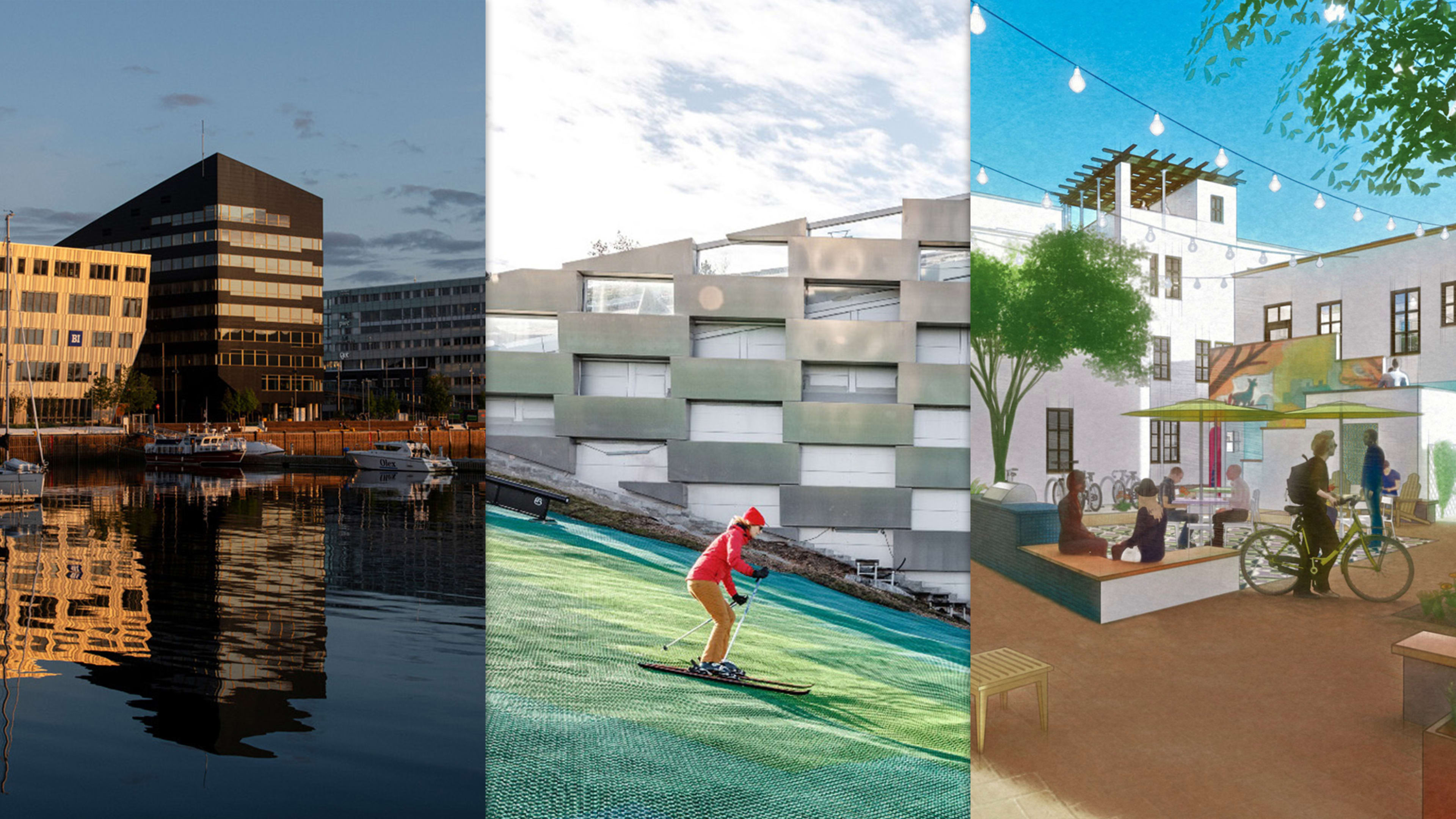You may think the only changes to cities have been negative ones, and yes, urban areas have certainly seen increased traffic and heightened housing problems, but plenty of places have also debuted new features that aim to make a positive impact. Whether adapting to climate change, trying to be more inclusive to underserved populations, or updating their infrastructure with new technology, cities around the world are serving as laboratories to test bold ideas.
Here’s a look at some of the most fun and interesting urban innovations of 2019, proving that some cities are already in the future and are using their corners of the world to make our planet a little bit better.
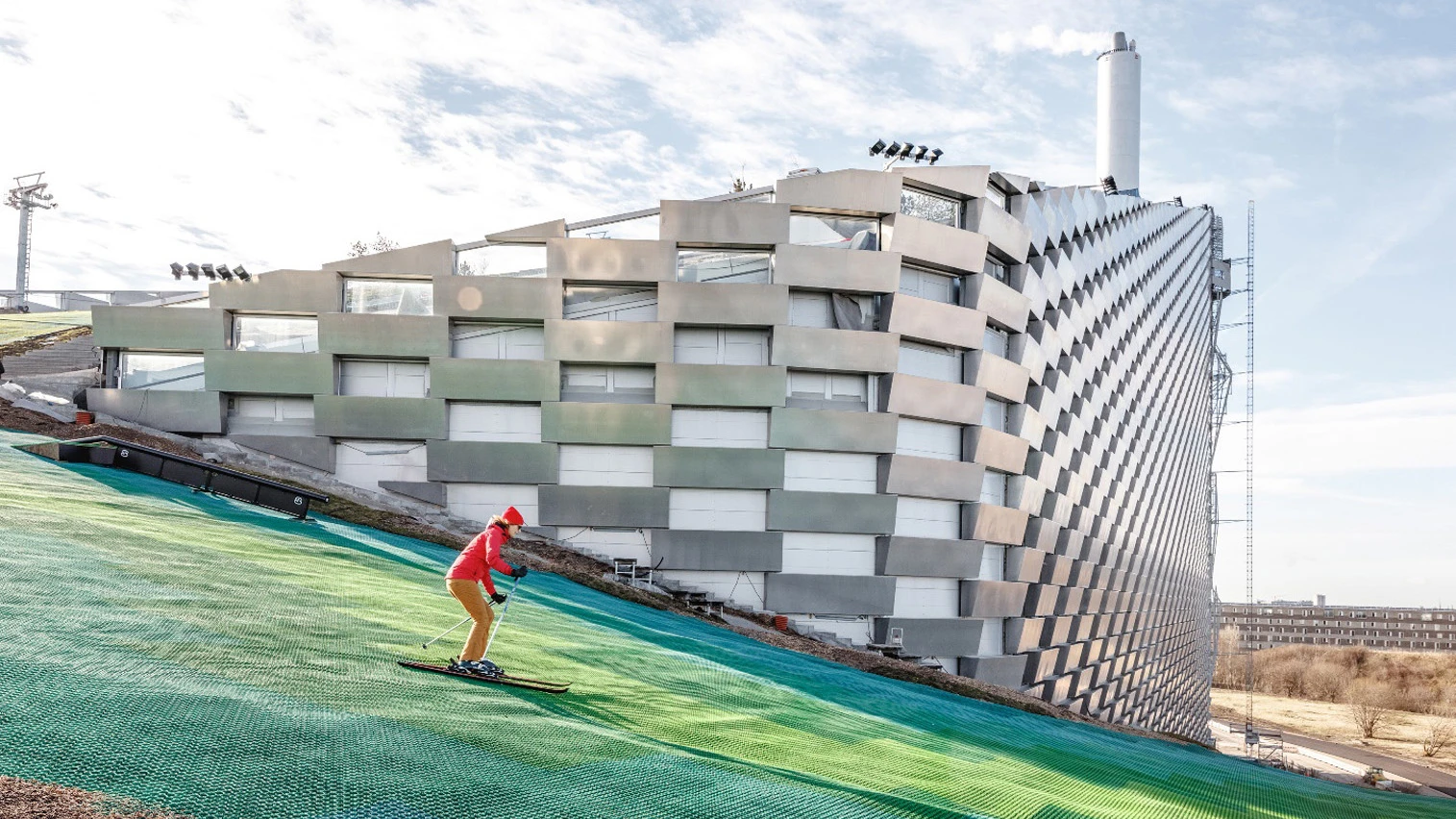
Copenhagen opened the world’s first combination ski slope-power plant
As part of the Danish city’s pledge to be carbon neutral by 2025, Copenhagen finally opened CopenHill, a multipurpose power plant that also serves as a public destination and has been years in the making. The 44,132-square-foot waste-to-energy plant can not only provide 150,000 homes with electricity and heating but also offers sporty residents a roof park with hiking trails and ski slopes and a 279-foot climbing wall on its exterior.
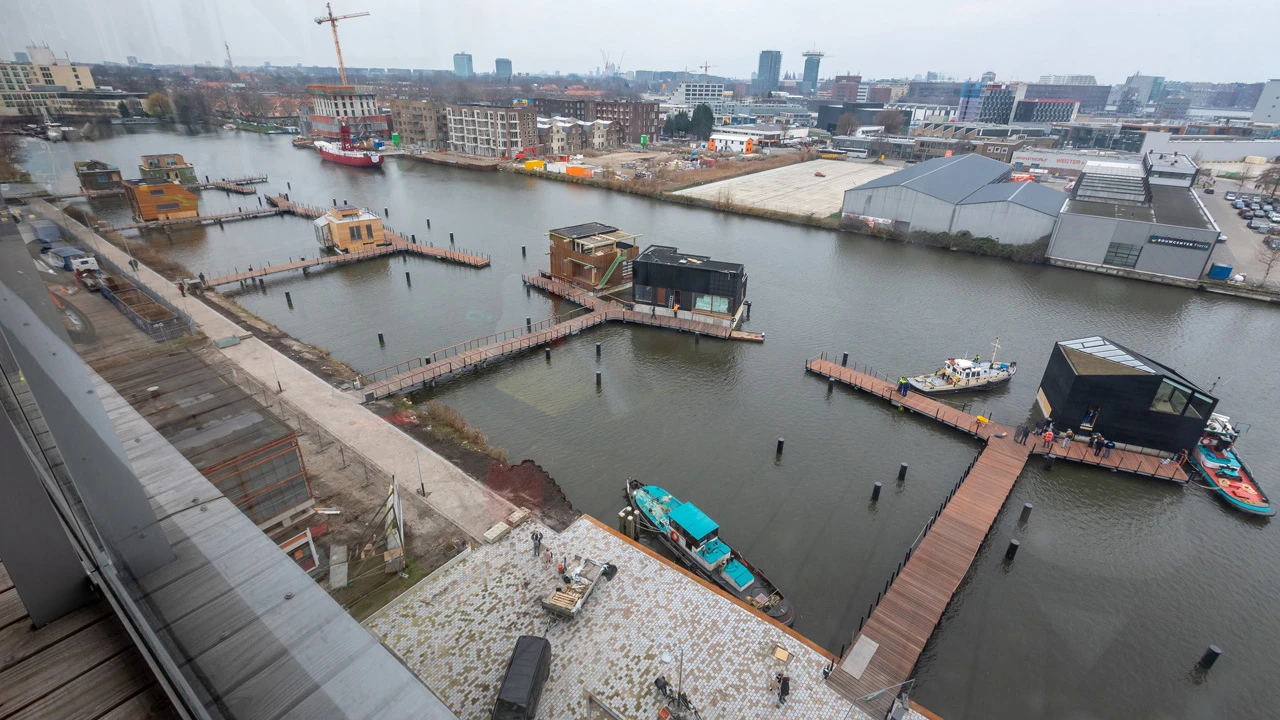
Amsterdam created a floating neighborhood with self-sufficient homes
Climate change threatens to flood cities around the world, and Amsterdam is preparing for that precarious future with a floating neighborhood. Designed by architecture firm Space&Matter, the neighborhood is located on a canal and features homes outfitted with solar panels on their roofs, batteries in their basement, and a network that connects each home to its neighbors so residents can trade energy. The buildings also have green roofs where owners can grow plants, and their wastewater goes to a biorefinery to become even more energy.
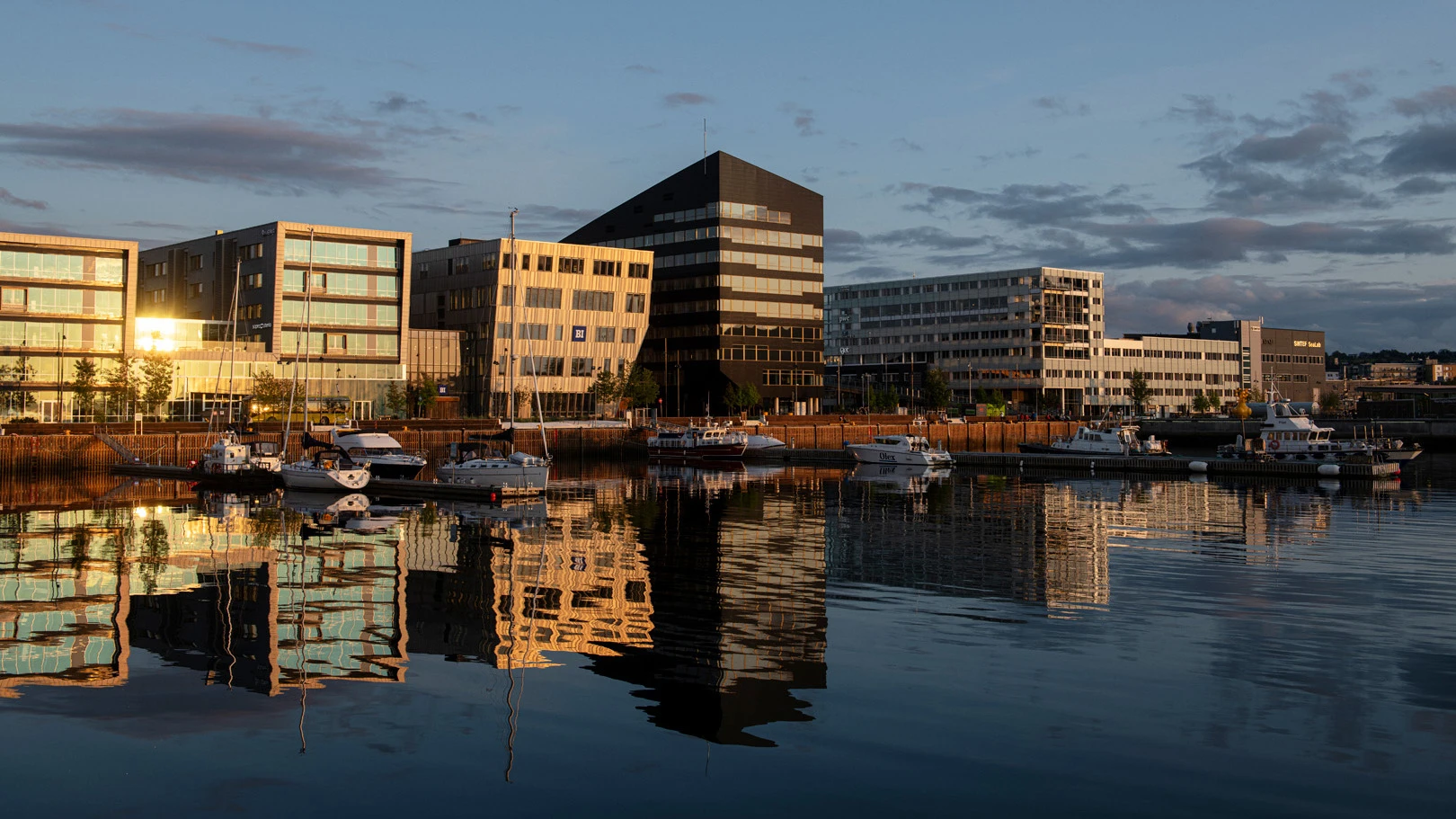
Trondheim constructed a super-energy-efficient building
Trondheim, Norway, is a city of extremes—in the winter it gets five hours of daylight, but in the summer, a full 20—and this year, it debuted an extremely energy-efficient building. Built by the global architecture firm Snøhetta, Powerhouse Brattørkaia generates twice as much energy as it needs from the sun, providing excess energy to neighboring buildings and electric transit. Its solar panels can harvest all that energy over the summer and store it for the dark winter, and it’s an example of a bold new idea that aims to use buildings like this to power the cities around them.
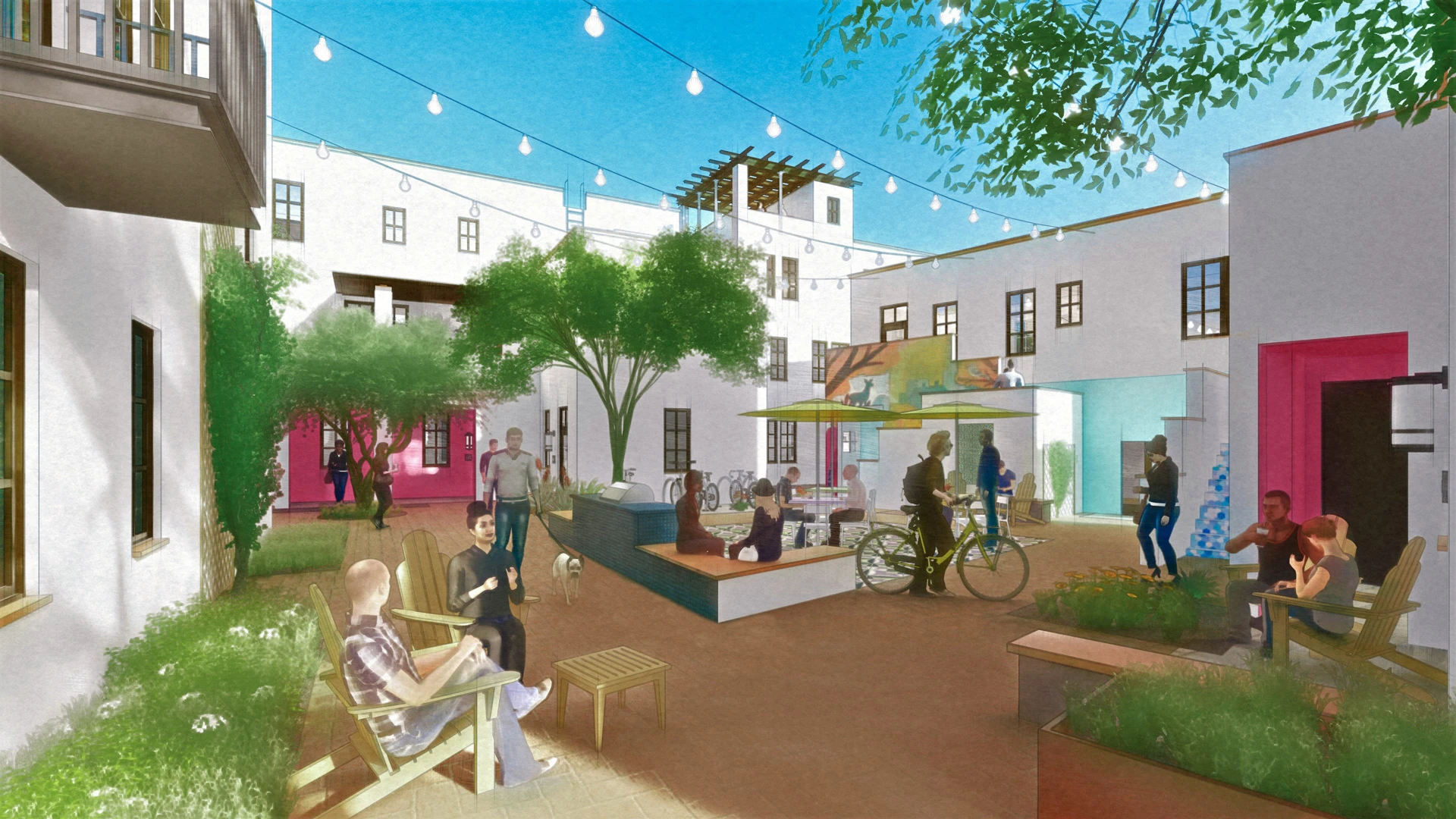
Miami started rewarding residents for getting around without their own cars
Like lots of other cities, Miami has a traffic problem, and to try to curb the use of cars it launched Velocia, an app that works as a public-private partnership between Miami-Dade transit and services such as Bolt e-scooters and SwiftSeat carpooling For every commute a resident takes on one of these transit options, they’ll earn points toward their next travel, which might be a free half-hour on a Citi Bike or a MetroRail pass. Though we may be designing entirely car-free communities in the future, this was a step by one city plagued with traffic problems to reduce its single-car use without drastically changing its infrastructure.
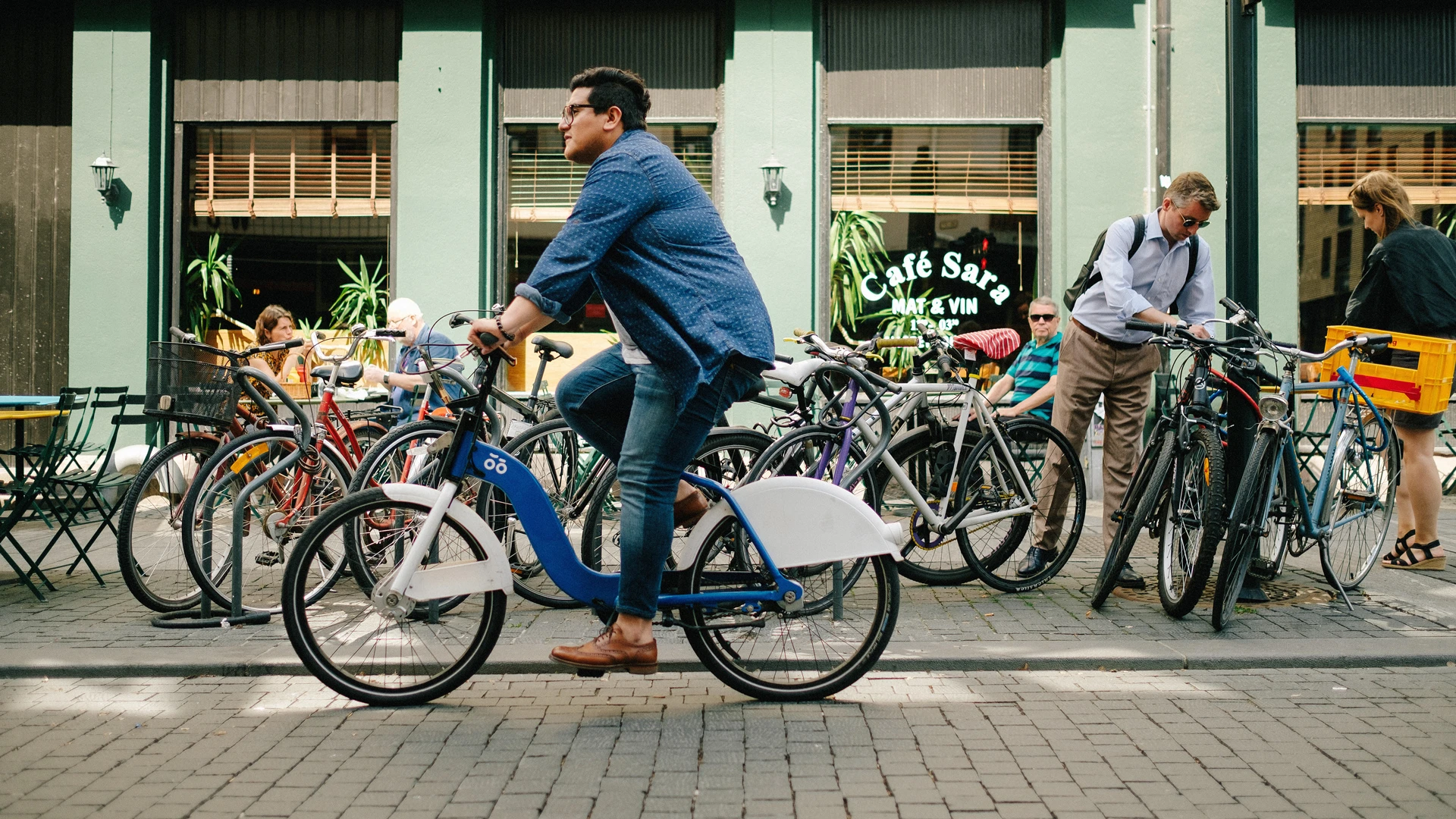
Oslo made its city center car-free
Going a step further in the effort to prioritize pedestrians and cyclists over cars, this year the Norwegian capital removed more than 700 parking spots from its downtown area and replaced them with bike lanes, plants, tiny parks, and benches. Oslo is one of a few cities hopping on the car-free trend, and it’s been working toward this goal for a few years, but 2019 marked the start of a car-free downtown. The effort doesn’t only help people get around without traffic, either; it improves air quality, helps fight climate change, and enhances the quality of life.
Recognize your brand’s excellence by applying to this year’s Brands That Matter Awards before the early-rate deadline, May 3.
